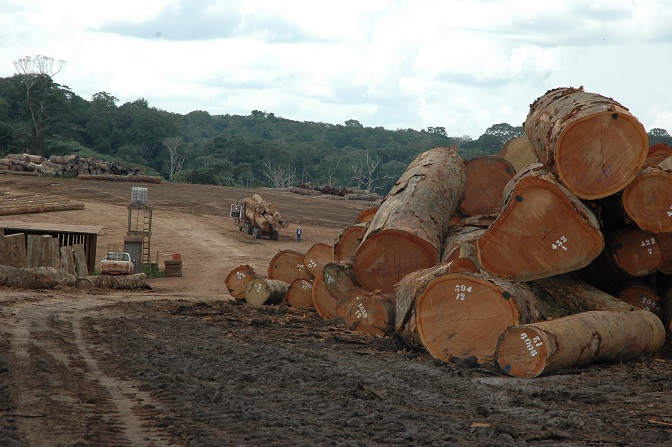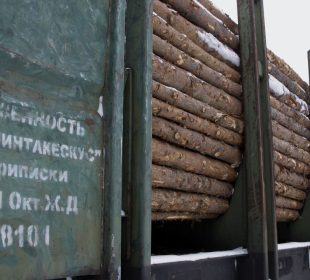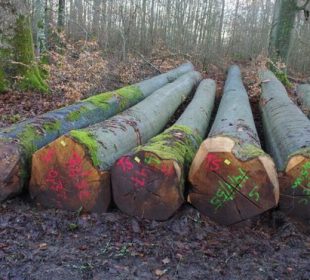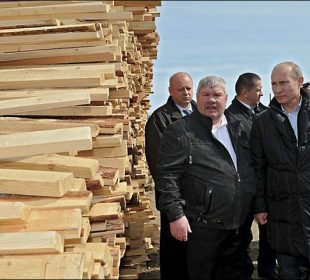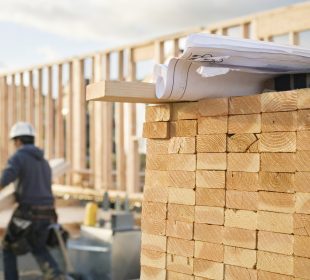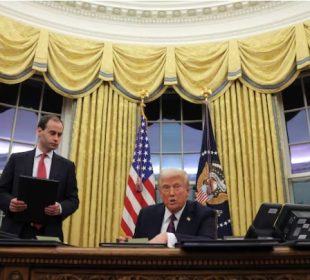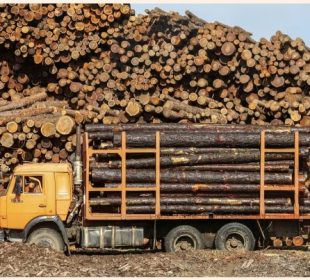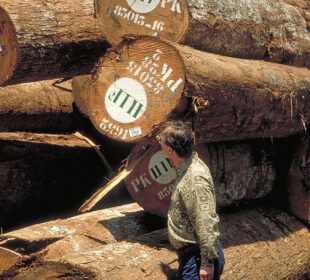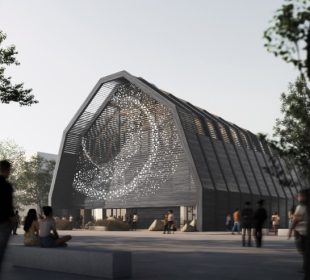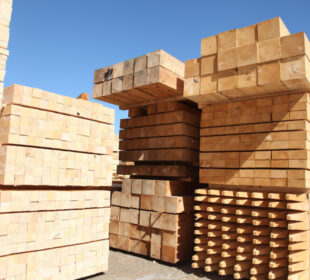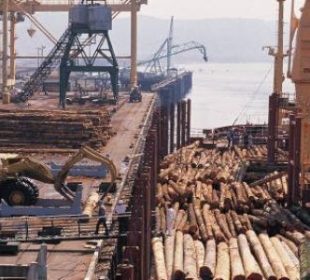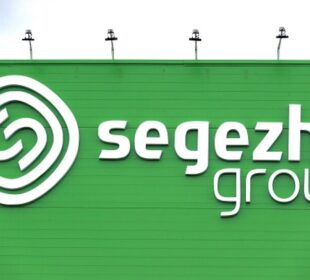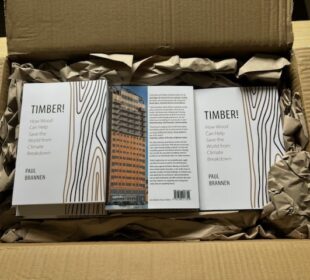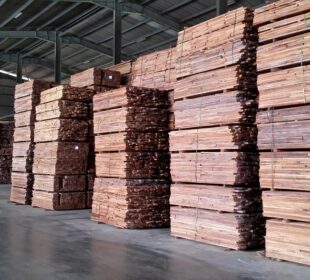The Sustainable Tropical Timber Coalition (STTC) conference held in Aarhus, Denmark, in September highlighted that work by European governments, trade and NGOs to encourage certification in tropical producing countries must be linked to concerted efforts to increase certified tropical timber market demand.
The conference focused on promotion and marketing of tropical timber in the EU under the headline theme “sustainably sourced tropical timber: selling a positive story”.
To tackle the topic, speakers came not only from across the EU timber sector, but also from NGOs and marketing agencies, with a keynote delivered by brands expert and marketeer Nigel Hollis, Executive Vice President of international consultancy Kantar Millward Brown.
A view shared by speakers and the international audience of over 100, was that, besides its environmental story, key to marketing sustainable tropical timber was to present exemplars of its use. These could demonstrate its durability, aesthetics, technical performance and overall sustainability in use, with construction and design professionals among principal targets.
Mr Hollis effectively summed this up with his comment ‘great [marketing] content is more than a great advertisement’.
The conference itself did this by including a tour of tropical timber applications and installations across the host city. These ranged from decking and seating in new pedestrian zones, to interior uses in Aarhus’s Aros modern art gallery and the striking Kulbroen (Coalbridge).
The latter is a derelict concrete coal conveyor in the reviving harbour area, set to be restored as a public walkway using FSC tropical timber decking in an STTCbacked FSC Denmark project. Conference delegates climbed to the demonstration platform where various species are being tested on outdoor perfomance.
Aarhus City Architect Stephen Willacy underlined the potential of such projects by highlighting the latent appetite of the modern construction sector to build sustainably with wood. He described the significant role timber-based housing was set to play in Aarhus as it grew from a city of 325,000 people to 450,000 by 2050.
Among the sales and marketing-related projects which the STTC has supported, Iván Bermejo Barbier of Copade presented the joint marketing project the sustainable development NGO had undertaken with the Spanish arm of home improvement retail giant Leroy Merlin. This included creating a database of the company’s tropical timber suppliers and supporting those still uncertified towards achieving certification.
Leroy Merlin staff were trained in certification issues and new in-store point of sale material and a website advert on sustainable tropical timber were developed. The project partners also held meetings with public procurement officers in Madrid and elsewhere to deliver sustainable tropical timber messaging.
Alberto Romero of Spanish timber trade federation AEIM described its ambitious marketing led plan for the next three years. The goal is to increase Spain’s percentage of verified legally sourced tropical imports from 86% to 95% of the total, and sustainably sourced from 4% to 12%.
Delegates at the STTC conference were also invited to join three half hour presentations from a choice of twelve on themes ranging from using sustainable development goals in timber sales, to positioning FLEGT when selling timber, marketing lesser known species and the importance of market intelligence in boosting sustainably sourced timber demand.
The Value and Impact Analysis Initiative (VIA), which is led by the ISEAL Alliance (IA), in partnership with Kingfisher, IKEA and Tetra Pak, also shared independent research-backed marketing messages that businesses can now use in their efforts to communicate the sustainability benefits of certified tropical timber.
In his keynote, Mr Hollis underlined the importance in marketing any product of building a strong and coherent identity.
“The vast bulk of buying decisions are influenced by brands,” he said. “They are ultimately determined by emotions and ideas already in your head, but what a strong brand does is short cut the decision-making process through building trust and confidence.”
It was also important the industry has confidence and pride in its identity and was not afraid to be unique, pioneering and to challenge market perceptions. “It’s been shown that meaningfully different brands grow fastest,” said Mr Hollis.
Following his presentation, he used exercises to guide delegates, divided into groups, through the process of developing a potential marketing approach and identity for sustainable tropical timber. Besides sustainability, climate change and saving the forest, promotional themes also emerged from the ‘teams’ around ‘pride’, ‘protection’ and ‘beauty’.
The Conference closed with a call from IDH for ideas for the future development of the STTC since its funding programme in its current form finishes at the end of 2018.
A poll of delegates showed nearly all favouring STTC’s continuation and put communication at the top of its priorities.
Nienke Sleurink of IDH said they will continue to be involved in STTC and provide some support, perhaps as a secretariat, but their future role will be more in an enabling capacity.
The most likely option for the STTC going forward seems to be a membership structure, but funding needs to be found for a coordinator. IDH would like to hear from the industry on how and in what form the STTC should continue.

